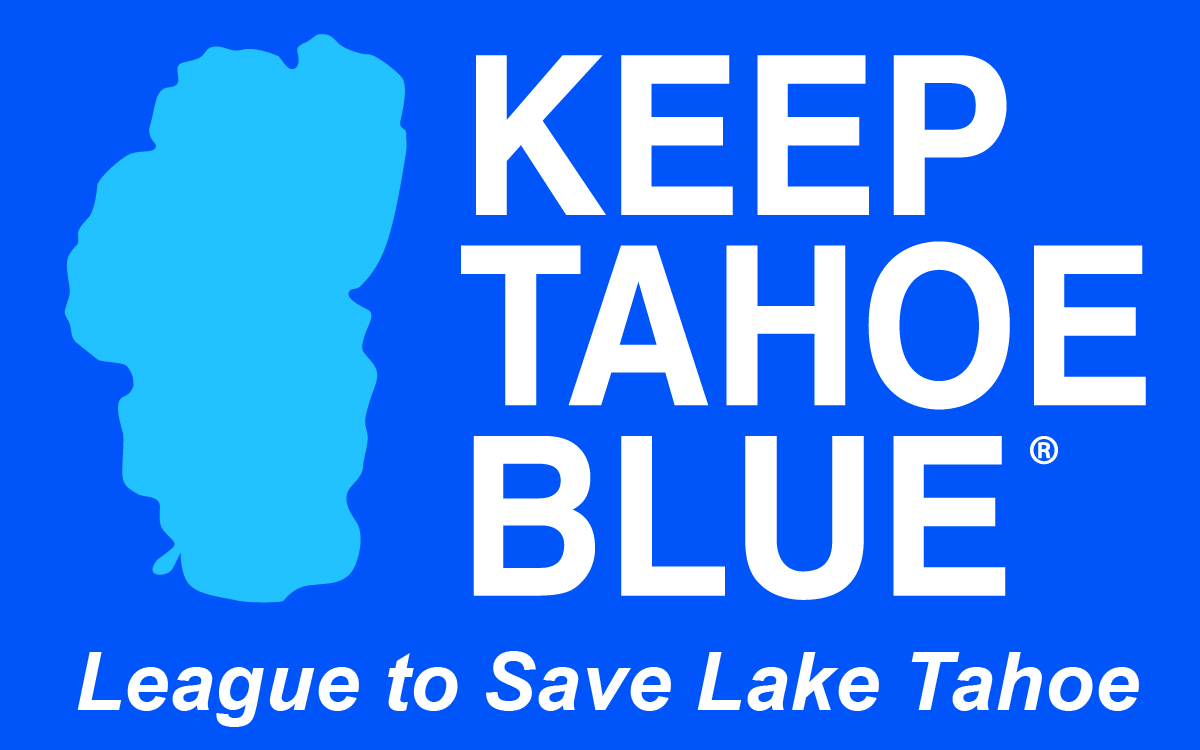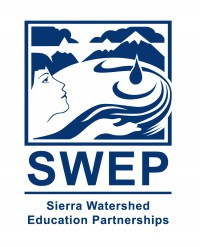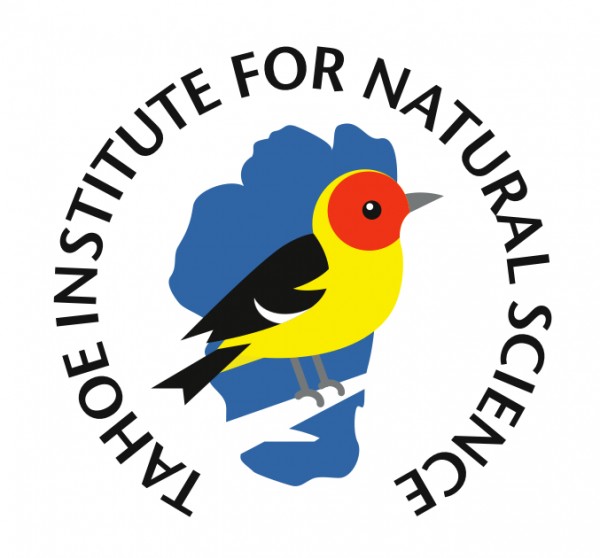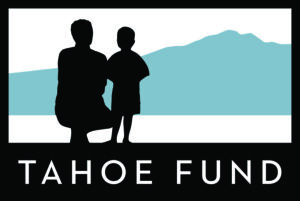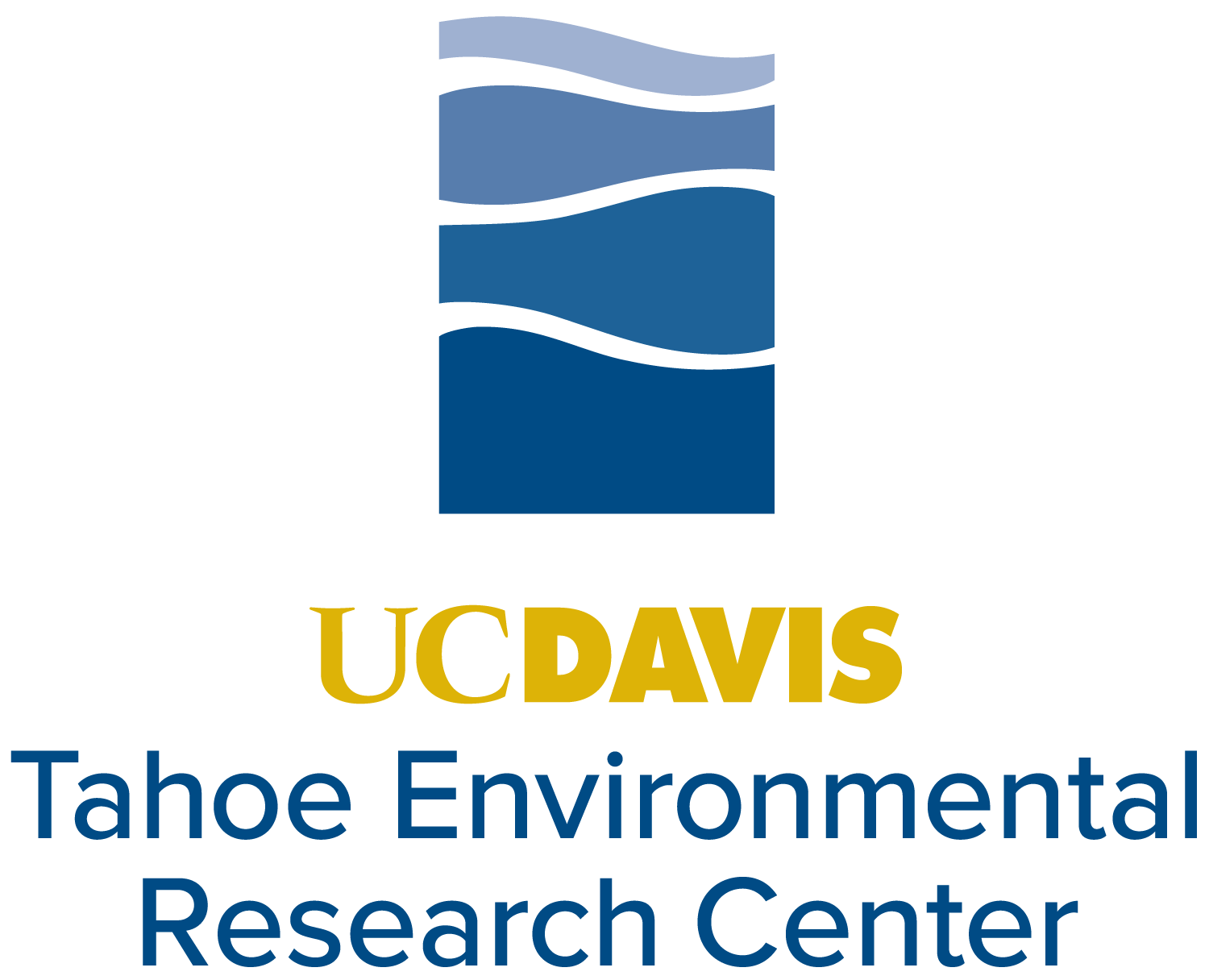
This page is full of virtual resources for students, parents, and teachers to learn more about the Tahoe Region, and why it is so special.
Below you will find a collection of innovative at-home activities, lessons, and downloadable materials.
All Ages:
- Citizen Science Tahoe app: Download the Citizen Science Tahoe app and share your observations with scientists at Lake Tahoe.
- Microplastics 101: In this recorded conversation, experts from the Desert Research Institute and the League to Save Lake Tahoe discuss what we know about microplastics, how we can prevent them, and the role citizen scientists play in making important new discoveries.
- How Long Until its Gone: An exploration into decomposition rates with Sierra Watershed Education Partnerships.
Kindergarten – 2nd Grade:
- Tahoe Nature Activity Book Available for Download: is designed to enhance grades K-2 curricula and align with Tahoe Institute for Natural Science (TINS) programming. The book is illustrated and designed for children to learn more about the natural wonders of the Lake Tahoe area. In the book, you will find a variety of fun natural science challenges to help kids and parents discover and learn about the many animals and plants around Tahoe.
- Tahoe Trees: How to identify between types. Brought to you by Tahoe Institute for Natural Science as part of their TaHome Nature Education series.
- Investigating Insects: Discover what makes insects so special with Tahoe Institute for Natural Science.
Grades 3-5th:
- Science Expo Activities: Science activities designed for third, fourth, and fifth-grade students outlined here.
- Videos available here.
- Build Your Watershed: An exploration into your local watershed using snow with Sierra Watershed Education Partnerships.
- Junior Limnologist Activity Book: Limnology is the study of freshwater bodies, such as lakes and ponds. Completing the Junior Limnologist challenge will provide you with the scientific knowledge and decision-making skills that will help protect Lake Tahoe and other lakes around the world.
- Plant Food Activity: Investigate photosynthesis. Brought to you by Tahoe Institute for Natural Science as part of their TaHome Nature Education series.
Grades 6-12th
- Personal Trash Audit: Get a better understanding of your personal waste footprint and learn how you can reduce it with the League to Save Lake Tahoe.
- Sink or Swim? Exploring Microplastics: Expand your knowledge of plastic pollution with this video-guided activity from our colleagues at the Desert Research Institute. The lesson leads you through a hands-on experiment to explore the physical property of density and how it relates to plastic waste.
- Rain or Snow? A Climate Change Activity: Warmer temperatures can cause Tahoe’s precipitation to arrive as rain instead of snow, and cause snow to melt earlier. How does rain and snowmelt rushing toward Lake Tahoe affect its famed clarity? Learn along with the League to Save Lake Tahoe.
- Wetland in a Bottle: Learn how healthy, functioning marshes and meadows help filter pollutants from stormwater and Keep Tahoe Blue in this video-guided activity.
The Discovery Museum & Truckee Connects Exhibit
Learn about the Truckee River and get a little wet! Gently flowing beneath the Cloud Climber, Truckee Connects meanders through as a working representation of the Truckee River watershed from the chilly depths of Lake Tahoe to the shimmering shores of Pyramid Lake.
A fun and interactive opportunity to learn about the many uses of water such as recreation, irrigation, hydroelectric power, and wildlife habitat; Truckee Connects provides opportunities to experiment with water and explore many of its uses in our region.
Ask a Scientist from the Desert Research Institute:
We sat down to talk with Dr. Xuelian Bai, a hydrologist at the Desert Research Institute. Watch to find out how you can protect southern Nevada’s water supply from contamination.
This episode of Ask a Scientist features Dr. Erick Bandala, a hydrologist at the Desert Research Institute. Dr. Bandala uses nanomaterials in his research on water quality.
Brought to you by:


